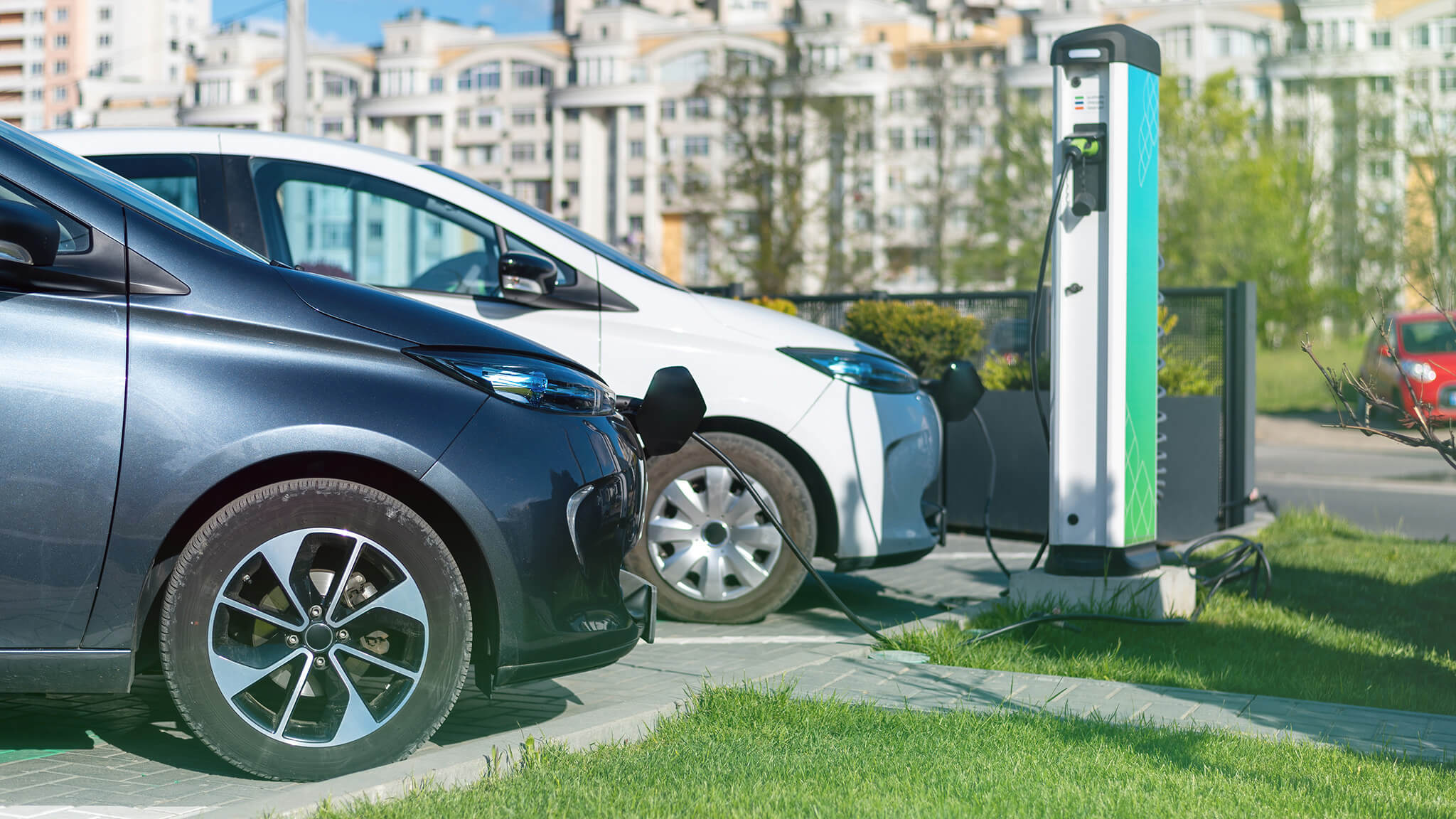- Home
- Products
Flooded/Wet Cell Lead Acid Battery
- Enhanced Flooded EFB Starting Batteries
- Maintenance Free Flooded Starting Batteries
- Heavy Duty Flooded Maintenance Free Batteries
- Lawn/Garden/Tractor Flooded Maintenance Free Batteries
- Dual Purpose Flooded Maintenance Free Starting Batteries
- Deep Cycle Dual Purpose Flooded Maintenance Free Batteries
- Deep Cycle Flooded/Wet Lead-Acid Motive Batteries
- Flooded Deep Cycle Traction Battery
- Flooded Lead-Acid Industrial Batteries
- Conventional Powersport Batteries
- Tabular Batteries
VRLA/AGM/ Dry Cell Battery
- VRLA AGM Battery
- Deep Cycle VRLA AGM Batteries
- Deep Cycle GEL VRLA Batteries
- High Rate VRLA AGM Battery
- Pure Lead VRLA AGM Batteries
- High Temperature VRLA AGM Battery
- Heavy Duty Commercial AGM Starting Batteries
- Absorbent Glass Mat AGM Starting Batteries
- Dual Purpose Absorbed Glass Mat (AGM)
- Deep Cycle AGM Motive Batteries
- Deep Cycle Dry Cell AGM Batteries
- Carbon VRLA AGM Batteries
- Pure Lead + Carbon VRLA AGM Batteries
- Maintenance Free AGM Powersport Batteries
- Factory Activated AGM Powersport Batteries
Lithium-Ion (Li-ion) Battery
- Lithium Iron Phosphate (LifePO4) Batteries
- Lithium-Iron Phosphate (LiFePO4) UPS Batteries
- Lithium-Iron Phosphate (LiFePO4) Motorcycle Batteries
- Lithium-Iron Phosphate (LiFePO4) Energy Storage Batteries
- Lithium-Iron Phosphate (LiFePO4) Solar Batteries
- Lithium-Ion (LiFePO4 Golf) Cart Batteries
- Lithium-Ion Automotive Batteries
- Lithium-Ion Consumer Batteries
- Industries
- Applications
- About Us
- Resources
About Us
Starmax is a leader in innovative energy solutions, specializing in high-quality lead-acid, lithium, and deep cycle batteries designed to power industries worldwide with reliability, performance, and sustainability
How it works
About Us
Starmax is a global leader in advanced battery manufacturing
A Global Energy Storage Solutions Company
At Starmax, we are committed to providing innovative energy solutions for all businesses, homes, automotive industry and electric vehicle (EV) drivers. Our expertise in battery manufacturing ensures that customers have access to reliable, long-lasting power solutions that keep their operations running smoothly. We proudly serve a global network of partners, including distributors, installers, and automotive manufacturers. Partnering with Starmax is easy – we offer a wide range of battery solutions designed to meet the unique energy needs of your business or home.
We don’t just make batteries—we power possibilities. As a 100% Canadian-owned company, we deliver reliable, cutting-edge energy solutions that drive performance, efficiency, and sustainability worldwide
Dylan Fraser
President
STARMAX prides itself on delivering its promises in a timely, efficient manner and is dedicated to providing high quality products to its clients at competitive prices.
Johny Star
Koira Ind

97%
Customer Rating
1K
Equipments Powered Globally
1K
Renewable Energy Solutions
Powering Over 100000 Businesses with Reliable Battery Solutions
Reliable battery solutions for all energy needs.
Starmax provides reliable battery solutions for diverse energy needs. Powering over 100,000 businesses, our high-performance batteries deliver lasting power for homes, businesses, and electric vehicles. Partner with Starmax for efficient, sustainable energy solutions!

After over a decade of excellence, Starmax Batteries continues to pioneer innovative solutions, making reliable energy storage the easy choice.
We Keep Our Promises
Applications
Chargers
Starmax Battery Chargers are reliable, efficient, and versatile devices designed to quickly recharge your batteries, ensuring your gadgets, tools, and devices are a
Flashlight
A durable, high-performance flashlight designed for reliability and efficiency, Starmax Flashlight ensures optimal brightness, long battery life, and versatility
Lithium Batteries
Consumer lithium batteries provide high energy density, long-lasting power, and excellent performance, making them ideal for high-drain and precision devices like c
Speciality Batteries
Speciality batteries power unique and critical applications like medical devices, security systems, and remote controls. These batteries ensure reliability, longevi
Hearing Aid Batteries
Hearing aid batteries provide reliable, long-lasting power for hearing devices. Designed for consistent performance, they support clarity in sound and ease
Nickel-Cadmium Batteries
NiCd batteries are robust, rechargeable power solutions known for their durability, reliability in extreme temperatures,
Nickel-metal hydride (NiMH) Bat
NiMH batteries are rechargeable power solutions offering high capacity and eco-friendliness. Perfect for medium to
Zinc Carbon Batteries
Zinc-Carbon batteries are economical power sources designed for low-drain devices. They provide dependable energy, are lightweight, and offer a cost-effective
Alkaline Batteries
Alkaline batteries deliver reliable, long-lasting power for a wide range of devices, from household gadgets to high-drain electronics. Starmax Alkaline Batteries ar
Energy Storage
Starmax Energy Storage Batteries deliver reliable, high-performance power solutions tailored for solar, backup, and grid applications, with advanced
You'd think that after creating some of the most advanced and efficient batteries, we’d be satisfied, but we believe there’s still more we can achieve together.
Discover your smart, high-tech solution with premium batteries!
Enjoy the convenience of charging at home without relying on public chargers. Our battery chargers are safe and easy to use, ensuring your batteries are fully charged every time with smart charging functionalities.
Deliver a personalized experience that speaks your customers' language, supports their currency, and complies with their tax regulations.
We are dedicated to providing the infrastructure and expertise needed for seamless battery adoption, along with unwavering support to ensure our customers' satisfaction.
2 - 5 year standard warranty, extendable to 10 years
Tried and tested—hundreds of thousands of batteries sold worldwide

We are ready to power millions of devices. Are you?
More Than 1500 Dealer Store Locations & Growing Fast!!
We’ve been helping cities, utilities, automakers, and businesses harness the benefits of clean energy through Starmax batteries. Our solutions provide savings for drivers, businesses, and grid operators alike.
Opt for a smart battery charger for efficient, safe, and convenient charging that prolongs battery life and saves you money.
You can find answers to your questions about Starmax batteries on our official website, our product datasheets or by reaching out to our customer support team for personalized assistance.
To connect your batteries to Bluetooth or Wi-Fi, refer to the user manual for specific pairing instructions or use the accompanying mobile app designed for your battery model.
Solutions For A Variety Of Industries!
Telecom
Starmax Batteries are essential power solutions for the telecommunication industry, ensuring that critical communic
Renewable Energy
Starmax Batteries are designed to meet the growing demands of the renewable energy industry, providing efficient an
Public Transportation
Starmax Batteries are engineered to provide reliable and efficient energy solutions for the public transportation i
Marine
Starmax Batteries are engineered to meet the unique challenges of the marine industry, delivering reliable
Industrial Equipment
Starmax Batteries are designed to power a wide range of industrial equipment, meeting the demanding requirements of
Healthcare
Starmax Batteries play a vital role in the consumer healthcare industry by powering essential medical and wellness
Consumer Electronics
Starmax Batteries are designed to meet the growing power demands of the consumer electronics industry, where
Construction
Starmax Batteries are engineered to meet the high-power demands of the construction industry, where
Automotive
Industrial Equipment Marine Public Transportation Renewable Energy Telecommunications Dedicated Customer Tea
Aerospace
Starmax Industrial Batteries are purpose-built to meet the stringent requirements of the aerospace industry, where
We create innovative solutions that make our batteries the easy choice for your devices.
Contact Us Now!
Expert Partner SupportYour account map show real time station status, charging activity, and more!
On Site CommissioningOur new charging stations are safe and easy-to-use and let you hit the road.
Ongoing MaintenanceYou can ensure your charging operation runs consistently and efficiently.
Powering Your Life With Simple Solutions!

3,748
Awards Milestones Awarded To Us
6,154
Projects Systems Completed in 2024
9,784
Satisfied Clients Served Globally

Batteries and Smart Solutions for All Businesses
Power your business with our reliable batteries and comprehensive solutions tailored for every industry
We partner with businesses worldwide, including resellers, distributors, and car manufacturers, offering diverse, customized energy storage solutions to fit your business model.
We'll continue providing the infrastructure and expertise needed for battery adoption, along with all the support to keep our customers satisfied and their devices powered.
01

Select the Right Charger
Use a charger compatible with your battery type—lithium-ion, NiMH, or lead-acid—to prevent damage. Always follow the manufacturer's instructions for safe and efficient charging.
02

Connect the Battery
For removable batteries, insert them into the charger, aligning the positive (+) and negative (-) terminals to avoid short circuits. For devices with built-in batteries, connect the appropriate cable securely to both the device and charger.
03

Plug in and Monitor Charging
Connect the charger to a power source like a wall outlet or USB port. Red indicates charging, and green means fully charged. Disconnect the charger once the battery is full to prevent overcharging.
04

Store Properly
After charging, unplug the charger and remove removable batteries. Store unused batteries in a cool, dry place away from sunlight and extreme temperatures. For lead-acid batteries, check and top up electrolyte levels with distilled water as needed.

Choose the Right Battery Type: Find the Perfect Battery for Your Needs
Select the appropriate battery type (alkaline, lithium-ion, NiMH, lead-acid, etc.) based on your device's requirements to ensure optimal performance.
Complete charging solutions encompass energy supply, hardware, and software as well as installation, and other customer specific services. Partnership with charg simplifies our customers' transition to an increasingly electrified fleet and towards more sustainable transport.
Sam Wade
We Move Inc
We have clients who have recognized the opportunity of the transition to E-Vehicles and want to be able to offer the electric charging to their customers. Teaming up with enables us to be able to provide help and empower our clients to attract and serve EV motorists.
John Peter
Charge Inn
99.9% Customer Satisfaction
based on 750+ reviews of 6,154 Completed
Projects, and 2,194 Happy Customers trust us.
Projects, and 2,194 Happy Customers trust us.
News, Reviews, And Analysis
Most Recent Articles
January 11, 2025
Starmax Batteries
Real-World Applications of Battery Technology: Success Stories in Various Industries
Battery technology has revolutionized numerous industries, providing energy solutions that are both efficient and sustainable. This blog will explore real-world examples of how bat...
Batteries are a significant investment in many devices, from smartphones to electric vehicles, and ensuring they last as long as possible can save you both time and money. While mo...
January 11, 2025
Starmax Batteries
Battery Safety: Best Practices for Handling and Storing Batteries
Batteries are powerful tools, but when mishandled, they can pose significant safety risks. Proper handling, storage, and disposal are critical to preventing accidents such as leaks...
January 11, 2025
Starmax Batteries
Building a Battery Backup System for Your Home: A Step-by-Step Guide
Having a battery backup system for your home can provide peace of mind, especially during power outages. A well-designed battery backup system ensures that your essential devices a...
January 11, 2025
Starmax Batteries
Market Trends in the Battery Industry: Shaping the Future of Energy Storage
The battery industry is rapidly evolving, driven by innovations in technology, growing demand for electric vehicles (EVs), and the global shift towards renewable energy. With these...
January 10, 2025
Starmax Batteries
Comparing battery types: Find the perfect fit for your specific requirements.
With so many types of batteries available on the market, choosing the right one for your needs can be overwhelming. Whether you’re looking for a battery for your smartphone, an e...


Unlock Valuable Resources
Download our App and Datasheets
Access essential tools and enhance your productivity by downloading our user-friendly app and accessing comprehensive datasheets, available now on [App Store/Google Play] and our website
Quick Contact
If you have any questions or need help, feel free to contact with our team.
7708 80th St Delta, British Columbia, Canada VG4 1A8
Get Directions 



































